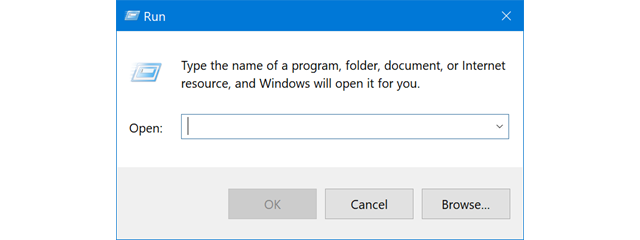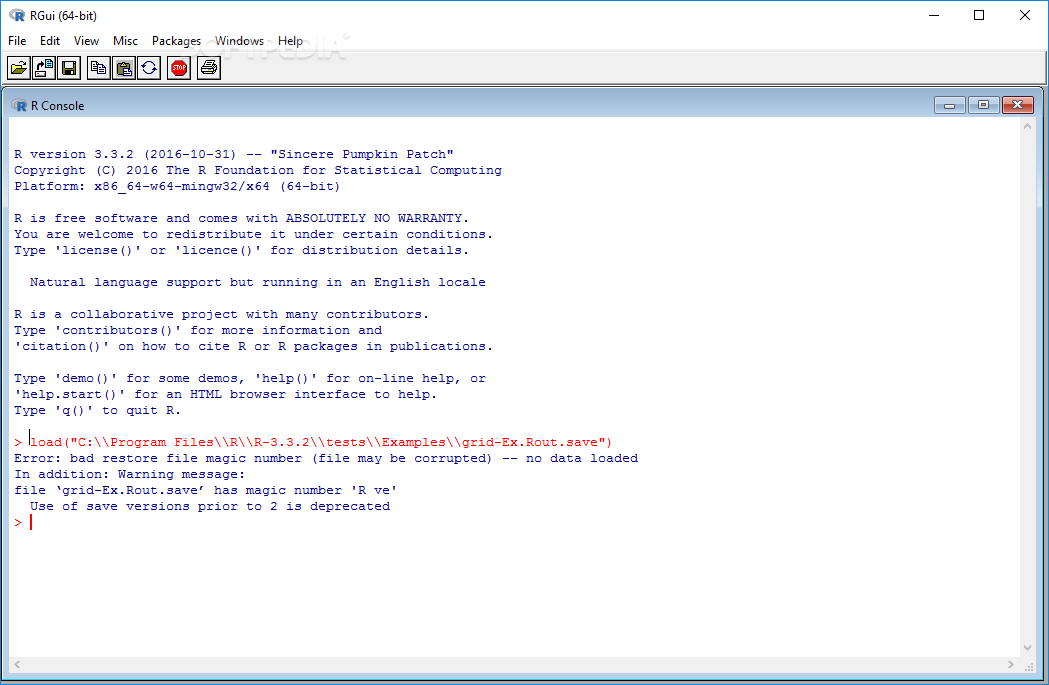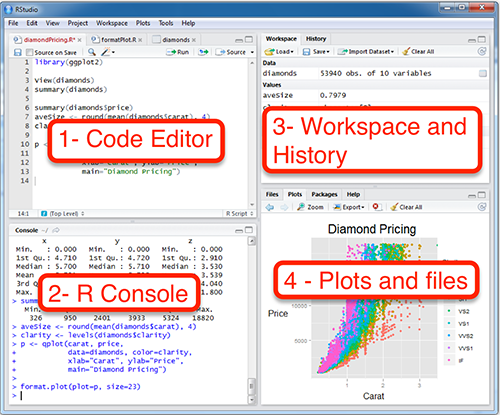

- WINDOWS R PROGRAM DATA COMMAND INSTALL
- WINDOWS R PROGRAM DATA COMMAND WINDOWS 7
- WINDOWS R PROGRAM DATA COMMAND SERIES
(If I try the Rcmd install pkgName command, then the error starts out as 'Rcmd' is not. I've tried R CMD install pkgName, R cmd install pkgName, Rcmd install pkgName, where pkgName is a place-holder for an actual package that has been R CMD checked on OS X and also posted on CRAN, where I have the unzipped source in the current working directory), I get the following error message: 'R' is not recognized as an internal or external command, The problem: whenever I try an R CMD command in Command Prompt (e.g. The following thread appears to be on the same topic that I'm having trouble with, but the question remains unresolved:
WINDOWS R PROGRAM DATA COMMAND WINDOWS 7
The command above also indicates there's a header row in the file with header=TRUE.I'm exploring package building on Windows 7 but have been running into trouble after reaching the Command Prompt stage. Mydata <- read.table("filename.txt", sep="\t", header=TRUE) So if your separator is a tab, for instance, this would work: If your data use another character to separate the fields, not a comma, R also has the more general read.table function. In this case, R will read the first line as data, not column headers (and assigns default column header names you can change later). Mydata <- read.csv("filename.txt", header=FALSE)

If that's not the case, you can add header=FALSE to the command: The read.csv function assumes that your file has a header row, so row 1 is the name of each column. A data frame is organized with rows and columns, similar to a spreadsheet or database table. More on this in the section on R syntax quirks.)Īnd if you're wondering what kind of object is created with this command, mydata is an extremely handy data type called a data frame - basically a table of data. (Aside: What's that <- where you expect to see an equals sign? It's the R assignment operator.

To import a local CSV file named filename.txt and store the data into one R variable named mydata, the syntax would be: R has a function dedicated to reading comma-separated files. Also, R does have a print() function for printing with more options, but R beginners rarely seem to use it. There are better ways of examining a data set, which I'll get into later in this series. You'll get a printout of the entire data set if you type the name of the data set into the console, like so: (I'm not sure from what year the data are from, but given that there are entries for the Valiant and Duster 360, I'm guessing they're not very recent still, it's a bit more compelling than whether beavers have fevers.) One of the less esoteric data sets is mtcars, data about various automobile models that come from Motor Trends. And some online tutorials use these sample sets.
WINDOWS R PROGRAM DATA COMMAND SERIES
Not all of them are useful (body temperature series of two beavers?), but these do give you a chance to try analysis and plotting commands. Into the R console and you'll get a listing of pre-loaded data sets. If you just want to play with some test data to see how they load and what basic functions you can run, the default installation of R comes with several data sets. Here are several ways to get data into R for further work. But for any kind of serious work, you're a lot more likely to already have data in a file somewhere, either locally or on the Web. Yes, you can type your data directly into R's interactive console. Once you've installed and configured R to your liking, it's time to start using it to work with data.


 0 kommentar(er)
0 kommentar(er)
